Ecodesign regulation 66/2014 covers domestic ovens and hobs (gas and electric) and range hoods (electric), however Energy labelling is only mandatory for ovens and range hoods. Electric ovens and hobs are also subject to the standby regulation CR (EC) 1275/2008.
Scope
The following table shows some examples of products in scope and out of scope
| In Scope | Out of Scope |
|---|---|
|
|
Check the complete list in the Regulation.
Ecodesign Requirements
Ecodesign regulations apply to all ovens, hobs, and range hoods sold in the EU. These regulations set requirements for:
- energy efficiency
- performance
- product information
Energy Label
New range hoods and ovens come with an energy label showing their energy efficiency class. These range from A+++ to G.
The European Product Registry for Energy Labelling (EPREL) offers more detailed information on models placed on the EU market. This can be accessed by scanning the QR code featured on the new energy labels.
Understanding the Oven Energy Label


This icon shows whether the oven is electric or gas. In this case it is electric.

Scale of energy efficiency classes from A to G.

The energy efficiency class of this product.

Volume of the oven in litres.

Energy consumption per cycle (conventional mode) in kWh.

Energy consumption per cycle (fan-forced convection mode) in kWh.
Highlights
More energy efficient cooking appliances will enable the EUto save around 1% of annual household energy consumption by 2030. This means around 2.7 million tons of CO2 avoided annually by 2030 – about the annual emissions of four medium size power plants.
Facts & Figures
This graphic shows the estimated sales, stock, energy consumption (primary, electric or fuel), greenhouse gas emissions, consumer expenses and business revenues for years 2010 and 2030. The estimated values inside the graph bars include the effects of ecodesign and energy labelling measures.
The difference with the business as usual (BAU) scenario without these estimated measures is shown next to the graph bar. These estimated figures indicate the estimated savings obtained due to the estimated measures.
|
Product: Cooking Appliances Measures: Regulation (EU) 66/2014, Regulation (EU) 65/2014 |
|---|
|
|
|
SALES (x1000 units) 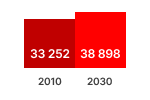 |
STOCK (x1000 units)  |
Primary Energy 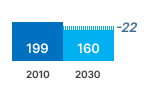 |
|
GHG-EMISSION  |
CONSUMER EXPENSES 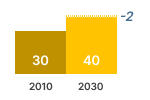 |
REVENUES 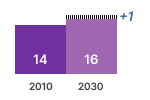 |
Source: estimations from the Ecodesign Impact Accounting Overview Report 2023
Expected Savings
The Ecodesign regulation set increasingly stringent energy efficiency requirements in 3 tiers, in 2015, 2016 and 2019. Energy Labelling for ovens and range hoods was compulsory from 2015.
The total primary energy consumption of Cooking Appliances (gas consumed plus fuel needed to generate the consumed electricity at PEF 2.5) was 205 TWh/a in 2020, of which 9 TWh for electric hobs and ovens in low-power modes. Without measures, the energy consumption in 2030 is expected to be 182 TWh/a (at PEF 1.9). With measures this is expected to drop to 160 TWh/a (-22 TWh/a, -12%). The major part of these savings is due to low-power modes of electric hobs and ovens (52%), range hoods (27%) and on-mode of electric ovens (13%).
Due to the lower primary energy use, the 2030 GHG-emissions related to the use of cooking appliances decrease from 14 Mt CO2eq/a (without measures) to 12 Mt CO2eq/a.
Total EU27 Primary Energy Saving for Cooking Appliances
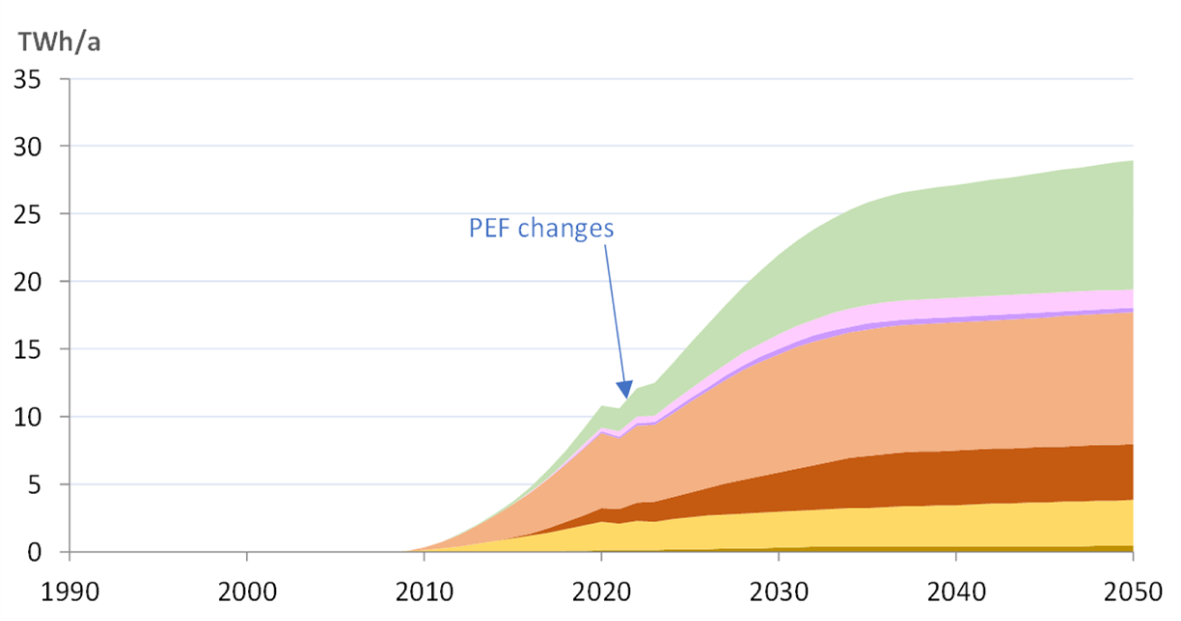

Source: estimations from the Ecodesign Impact Accounting Overview Report 2023

Suppliers
Suppliers shall ensure that:
(a) each domestic oven is supplied with (a) printed label(s) containing information in the format set out in point 1 of Annex III for each cavity of the oven;
(b) a product fiche, as set out in point A of Annex IV, is made available for domestic ovens placed on the market;
(c) the technical documentation, as set out in point A of Annex V, is made available on request to the authorities of the Member States;
(iv) any advertisement for a specific model of domestic oven contains the energy efficiency class, if the advertisement discloses energy-related or price information;
(d) any technical promotional material concerning a specific model of domestic oven which describes its specific technical parameters includes the energy efficiency class of that model;
(e) an electronic label in the format and containing the information set out in point 1 of Annex III is made available to dealers for each cavity of each domestic oven model;
(f) an electronic product fiche as set out in point A of Annex IV is made available to dealers for each domestic oven model;

Dealers
Dealers shall ensure that:
(a) each oven presented at the point of sale carries the label for each cavity provided by suppliers in accordance with Article 3(1)(a)(i) displayed on the front or top of the appliance, or in the immediacy of the appliance, so as to be clearly visible and identifiable as the label belonging to the model without having to read the brand name and model number on the label;
(b) ovens offered for sale or hire where the end-user cannot be expected to see the product displayed, as specified in Article 7 of Directive 2010/30/EU, are marketed with the information provided by suppliers in accordance with Part A of Annex VI to this Regulation, except where the offer is made through the internet in which case the provisions of Annex VII shall apply;
(c) any advertisement for any form or medium of distance selling and marketing concerning a specific model of oven contains a reference to the energy efficiency class, if the advertisement discloses energy-related or price information;
(d) any technical promotional material concerning a specific model which describes the technical parameters of an oven includes the energy efficiency class of the model;

Policy
Ongoing legislative work
Please check the ongoing initiatives on the Have your say portal.
Commission Regulation (EU) 66/2014 of 14 January 2014 implementing Directive 2009/125/EC of the European Parliament and of the Council with regard to ecodesign requirements for domestic ovens, hobs and range hoods Text with EEA relevance. More info on Delegated Act.
Regulation (EU) 65/2014 of 1 October 2013 supplementing Directive 2010/30/EU of the European Parliament and of the Council with regard to the energy labelling of domestic ovens and range hoods Text with EEA relevance.
Disclaimer: please pay attention to possible updates/changes as indicated in the Official Journal (green dot)


